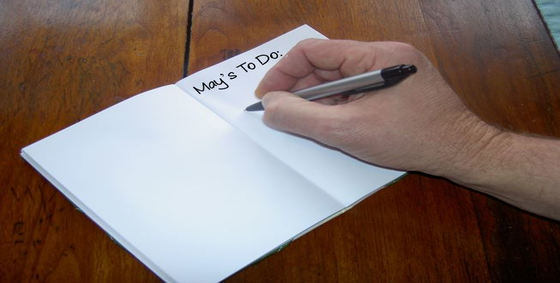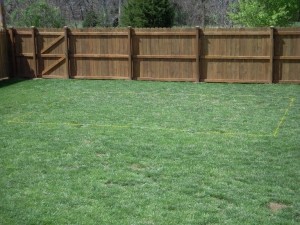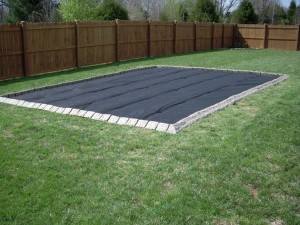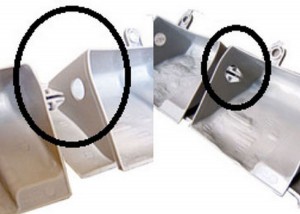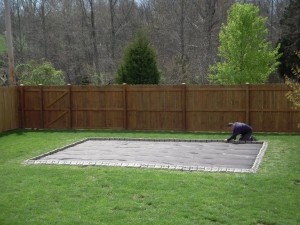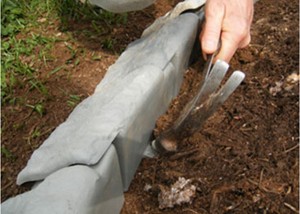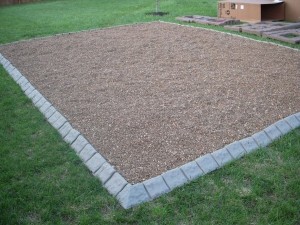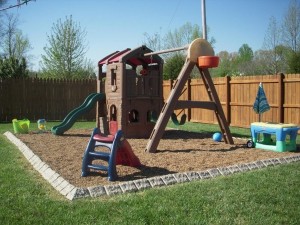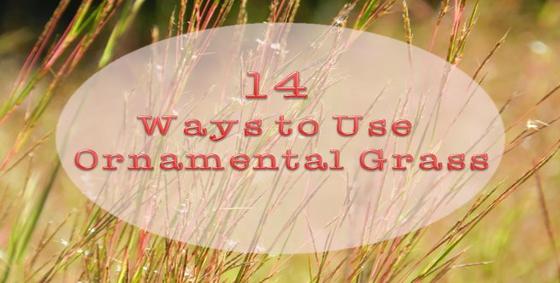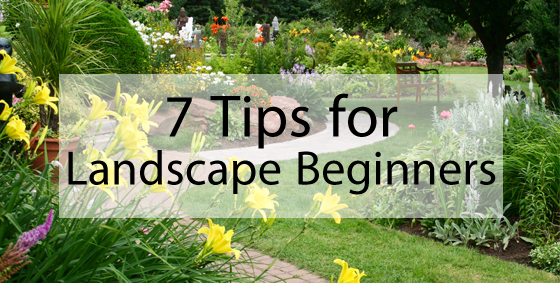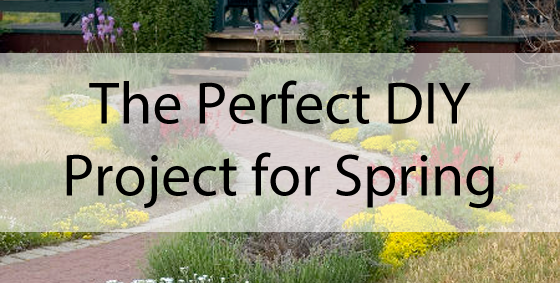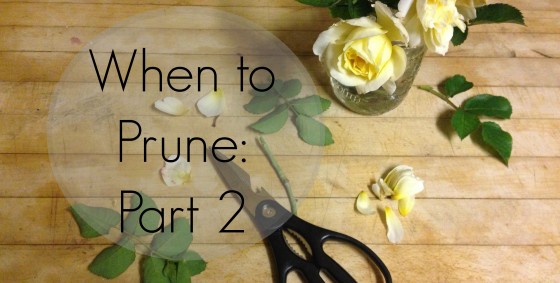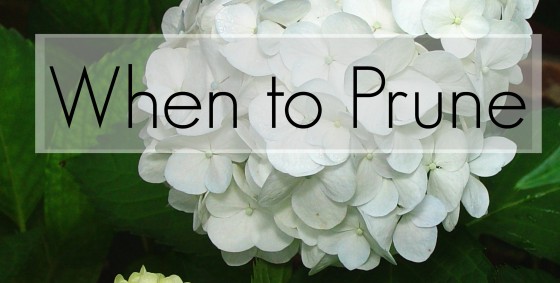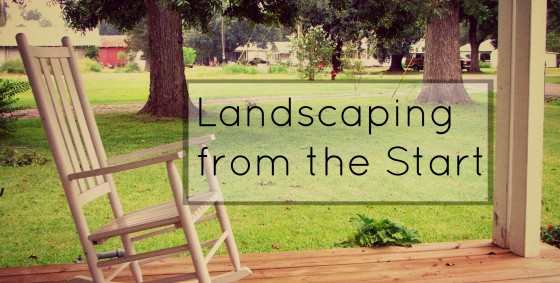
Every landscape needs a “Wow Factor”. (Click to Tweet). What says more, “Wow” than water? A backyard pond can turn any bland back or front yard into a yard others would envy. If done right, it can also be very little maintenance. In order for it to be so, you need to do things right the first time.
BENEFITS of a Pond
How many times have you heard, “Shut the door, we’re not cooling the earth” while you’re A/C is on? Well, what if we told you that you can have a natural Outdoor Air Conditioner. It’s true, a pond actually does just that. As the water from the pond evaporates in the heat, it removes heat from the surrounding area. Owners who live in an area where it’s very hot and the humidity is low can attest that a pond does indeed create a cooler atmosphere.
A running water pond and/or waterfall can help to eliminate noise using white noise. If you’re constantly hearing traffic or the kids playing next door and all you want to do is relax than maybe a natural sound mask is perfect for you. Even if you don’t need to cover other noises, running water creates soothing and relaxing white noise. Aim the running water to whatever you’d want most whether that being a deck or a particular window.
A pond can be the perfect place for wildlife. Depending on how you keep it up and plan it, different animals, birds and insects may seek refuge especially when it’s particularly hot or cold outside. If you’re worried about mosquitoes, don’t be. Mosquitoes prefer warm, stagnant water so make sure it’s a running water pond and you’ll have nothing to worry about.
TIPS for Ponds
There’s no wrong spot for a pond. Really, you could place it anywhere in your yard and it’d be great. There are water plants for both shady and sunny locations. However, if you want the best spot, our advice to you is to pick a spot where it receives morning sun and afternoon shade. With the morning sun, you can pick the best plants for your pond and surrounding area. By having a shady afternoon, you eliminate risk of overheating water that could harm any fish or plants. You also don’t want an algae problem.
Keep it roomy to start. We all love a bridge over a pond or the feel of a jungle with high plants and trees surrounding it but, you are also going to want workspace around your pond. There should be at least two feet around the pond so that you can access it at any point or any reason.
Perhaps using flat rocks to border your pond is more your style than plants. The benefits of this is that when you mow your lawn you can mow right on top of the flat stones rather than trying to maneuver in and out of plants and rocks.
We hope that with this list of benefits and tips you’ll turn your pondering into a pond.
